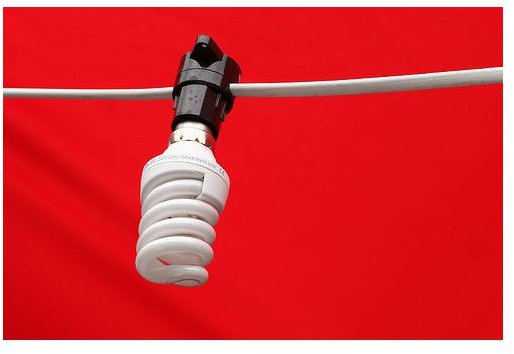Best 12 Volt Interior Lighting to Use With Solar Power
12 volt interior lighting used to be the domain of the recreational vehicle but not anymore. The green movement has started to employ 12 volt systems to light entire households. So which ones are the best? Are there things to look out for when choosing systems and bulbs? What does the U.S. Department of Energy suggest?
Simple Solar Power Compatible Lighting Systems
The beauty of a 12 volt lighting system is that it can be powered by a solar panel without needing to have a converter because lighting systems work on direct current. An interior lighting system can be wired directly to a standard deep cycle battery. There are several types of systems to choose from ranging in size from a single bulb up to a whole house system. The larger the system the more energy it will take and, depending on your choice of bulbs, the more batteries you may need to have.
The standard 12 volt system requires only a solar panel, a battery and the lighting system. Having so few components makes this system far less likely to fail than a larger solar power system making it perfect as a back-up system for a house on the grid as well.
Choosing System Components
The best system for your particular application will depend on a two major variables; the solar load (extent to which the system will be used and number of lights on it) and the distance the electricity will have to travel (length of the wiring).
To determine the solar load of your system you will have to first decide on the type of bulbs you will be using. Halogen track lighting has been the most common 12 volt choice since the inception of interior usage but there are several limitations with this type of bulb. The lighting unit gets very hot, the light is directional (like a spotlight) making it good for highlighting specific areas of a room but not for whole room lighting and the tracks are usually pre wired for a 120 volt system and would have to be modified to use on a straight 12 volt circuit. Another traditional option is the incandescent light bulb. These use the most energy and are more like tiny heaters that give off light as a side effect. They will subsequently require either a large battery bank or the use of very few bulbs (up to six at the most with the entire circuit dimming with each bulb that is turned on). Compact fluorescent bulbs and LEDs are best choices as they are much more energy efficient but the fixtures have not become standardized and there will be some direct wiring needs. Concerns with CFL bulbs surface when we take into account the hazardous nature of the materials used in their construction (mercury). As for LED lights, because many of them are not manufactured in quality controlled environments, you have to be extremely careful to buy only ones that have passed the Energy Star selection process. These lights have proven quality records and won’t dim or fail like some of the cheaper varieties.
Now that you have chosen your bulbs to calculate the solar load of your system you need to determine the exact needs of your system. To do this you will need to apply Ohm’s law and due some calculations based on the wattage of your bulbs. Most full house systems should run on a 200 Watts of solar panel and a single deep cycle 12 volt battery. Take into account at least a 10% drop in voltage per 50 feet of 3 gauge wire due to transmission dissipation. The longer the run of wire between the battery and the lighting unit the large gauge wire you will want to use with a maximum run of 200 feet. If your battery is more than 200 feet away from the fixture you may need to add a second battery to the system.
Adding Extra Storage Capacity
If you are planning on using your lighting system overnight (which, let’s face it, you probably are) then you may need to add an additional battery to your system. A single 12 volt battery can handle running a house full of lights for three or four hours while adding an additional battery can give you enough backup to run for eight hours or more. This is also a good idea in case you run into an extremely cloudy day where the solar panels don’t supply enough power to both run lights and recharge the battery system. Again you will use Ohm’s law to determine if a second battery is necessary by calculating the total Kilowatt hours you plan to use each day and how many can be supplied by your system. Next check the Amp hours of your battery and multiply it by the voltage (in this case 12 volts), this will give you your total Kilowatt power for a full battery. Take the battery capacity and divide it by the daily usage to determine the highest run time of your system. Adding a second battery will double your run time.
Running 12 volt interior lighting is a great way to start to wean yourself off the grid. It also is a great back-up if you live in a location that experiences frequent power outages.
References
LED Application Series: Dimming LEDs
Image courtesy of Photographer 23 @ FlickR
